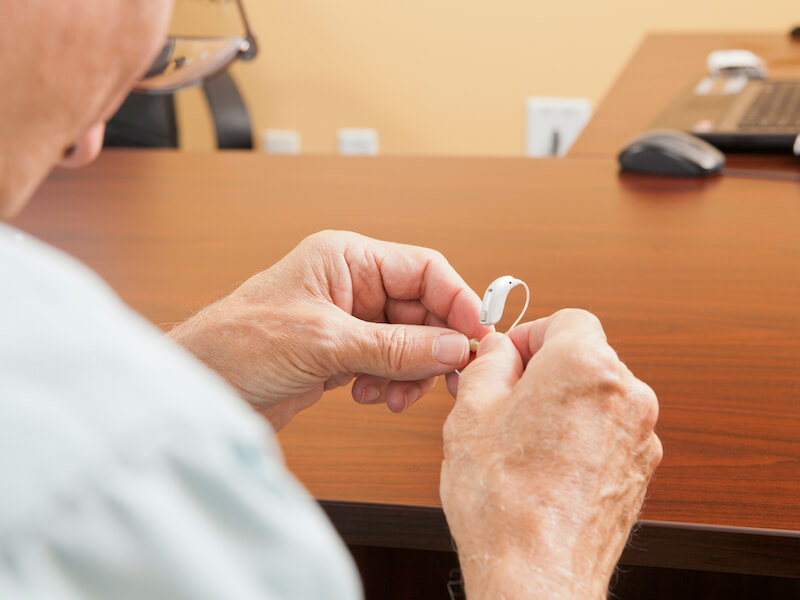
You go out of your way to be certain your hearing aids are well cared for. Cleaning them every day, you make sure they are safe and comfortable on their charger when you go to sleep.
Suddenly and distressingly, your hearing aids are no longer working the way they used to. There are a few things you can do to troubleshoot the issue, luckily. Not doing any further damage is your number one priority so you won’t need to replace them.
Hearing aid troubleshooting
Naturally, when you first got your nice new hearing aids, you made a point of storing the owner’s manual in a safe place. You’ll want to pull it out so you can utilize it for troubleshooting and, possibly, maintenance. Using your owner’s manual is crucial because every model of hearing aid is different.
Here are some things you can check on most models:
- Wax accumulation: Make sure there is no wax on your hearing aid by giving it a visual inspection. Even if you undertake regular cleaning, sometimes wax can build up quickly, so it’s worth checking this off your list.
- Check for noticeable damage: Do you notice any visible cracks or loose components around the shell of your hearing aid? Cracks, clearly, could indicate more extensive damage (or allow in moisture).
- Check your battery: Even if you know your hearing aids charged all night, you’ll want to double-check the battery power. If your hearing aid has replaceable batteries, it may be a good plan to check if those batteries are inserted properly or if a new one solves the problem.
- Keep your microphone clear: Check your hearing aid to find out if anything is blocking the microphone. Your hearing aid may feedback or simply fail to work if the microphone is obstructed.
Once again you can find out how to address each of these concerns by referring to your owner’s manual. In some cases, you may be able to perform maintenance yourself.
How can I tell when my hearing aid requires repair?
Your hearing aid will probably have to be repaired professionally if you do routine upkeep and it still malfunctions. That may not always sound appealing, after all, you rely on your hearing aid for day-to-day communication (not to mention dinners with your family, keeping up to date with your favorite Netflix series, and so on).
It’s definitely worth taking note that “repair” doesn’t always mean “mail your hearing aids in for service and wait a few weeks”. In some cases, we can do the repair in office and you can take it with you when you go.
Or, you’ll be able to bring your hearing aids in for professional help and have them back in just a few hours (this, of course, depends on the extent of the damage, all the more reason to get your devices in for repair as soon as possible).
But quick repair will not be possible in every case. A backup set of hearing aids might be needed in these cases. Maybe you have an old pair that will do temporarily in a pinch. Or it’s possible that we have a loaner pair you can borrow.
Get assistance with your hearing aids right away
It’s essential to get your hearing aid assessed and repaired if you begin to notice the sound quality is beginning to fail.
You’ll want to prevent any downtime. Your mental health and your overall health can be affected by untreated hearing loss. More to the point, once your hearing aids are forgotten in a box somewhere, it’s all too easy to pretend they don’t exist, meanwhile, your hearing grows worse and worse.
Keeping those hearing aids in excellent working order is the key to keeping your hearing healthy. Keeping them charged, clean, and when needed, professionally repaired is the best way to do that.

